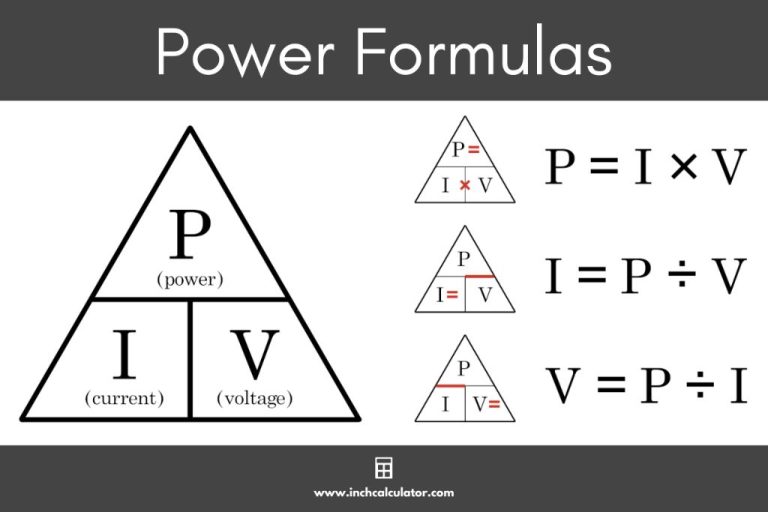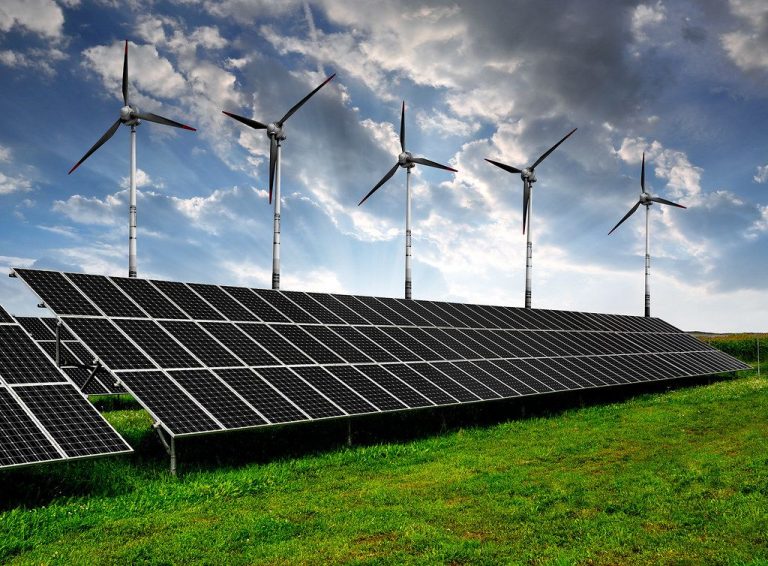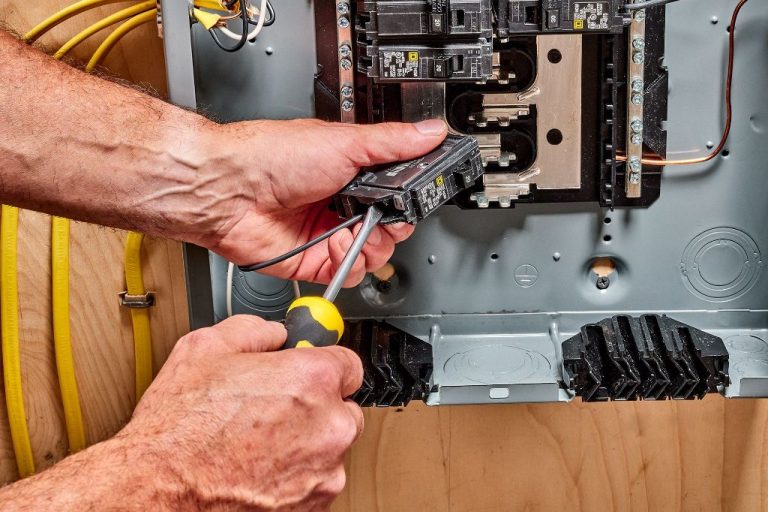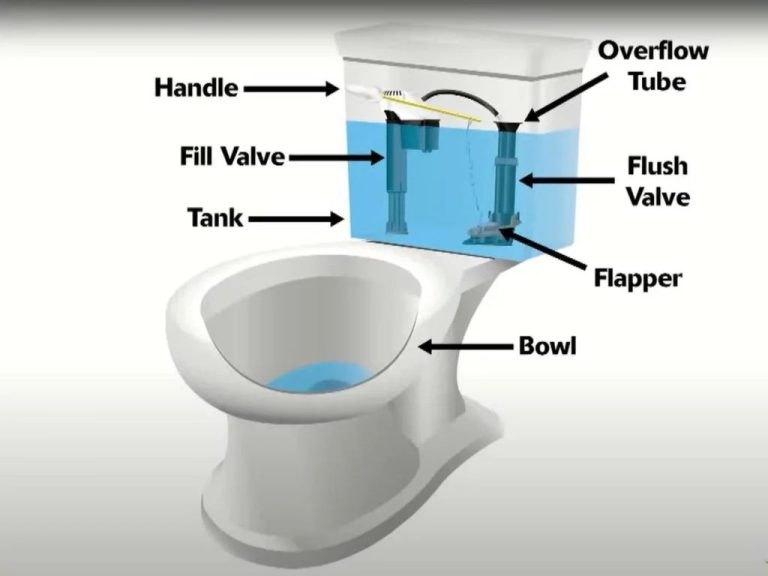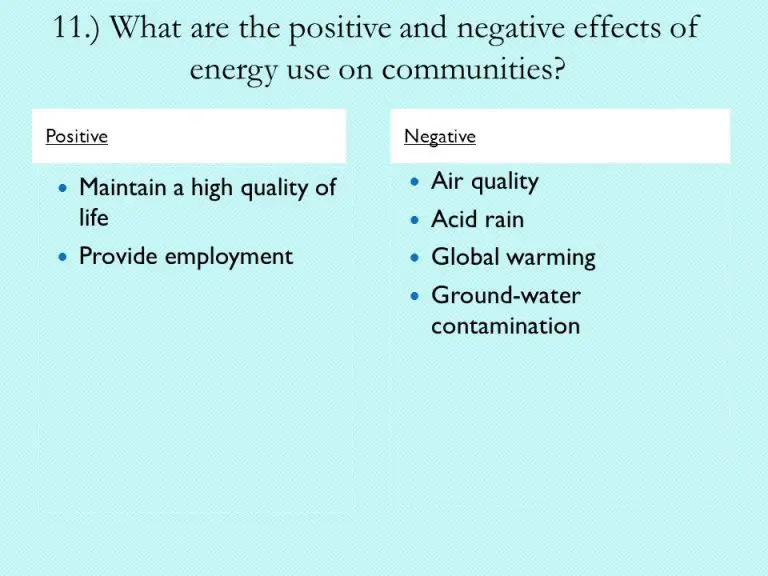What Are The 5 Components Of Energy Efficiency?
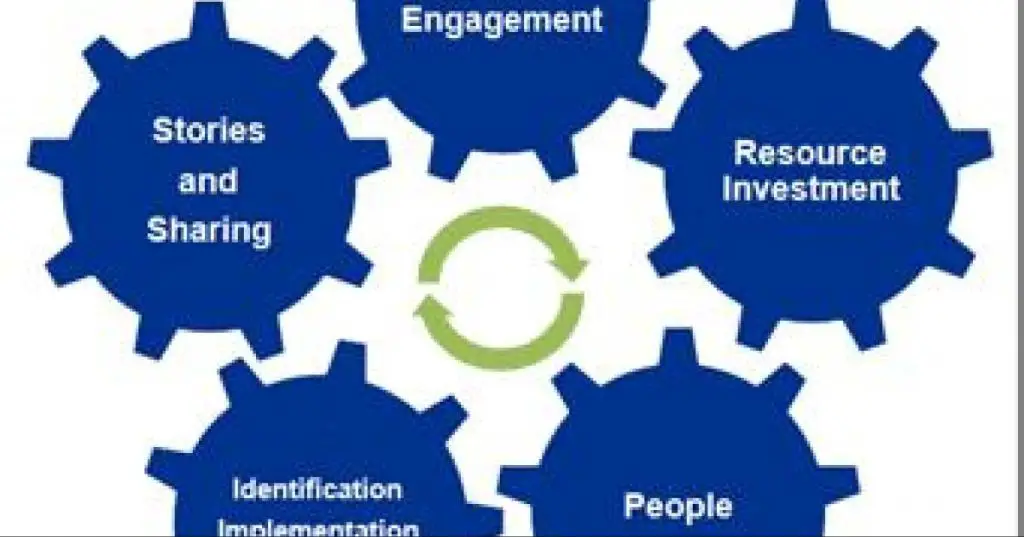
Energy efficiency refers to using less energy to provide the same service. There are 5 main components that comprise a comprehensive energy efficiency strategy: the building envelope, heating and cooling systems, lighting, appliances, and energy management. Improving efficiency in these areas can reduce energy consumption and costs, while providing environmental benefits.
In this article, we will look at each of the 5 key components of energy efficiency in detail, outlining specific ways to drive efficiency gains in buildings and homes. Understanding these core elements is important for developing a successful energy efficiency program.
Component 1: Building Envelope
The building envelope refers to the physical separator between the interior and exterior environments of a building. It consists of the walls, windows, doors, roof, floor, foundation, and insulation (US Department of Energy). Improving the efficiency of the building envelope can significantly reduce energy costs and improve occupant comfort.
One key element of an efficient building envelope is proper insulation. Insulation slows heat flow and reduces energy transfer. Common insulation types include fiberglass, cellulose, and spray foam. Adding insulation to walls, attics, basements, and crawl spaces helps prevent heat loss in winter and heat gain in summer (Better Buildings).
Air sealing to reduce leaks is also critical. Air leakage accounts for 25-40% of heating and cooling energy use. Caulking, weather-stripping, and sealants around joints, cracks, windows, doors, and penetrations helps minimize air leakage and improve envelope efficiency (Delta Academy).
Energy efficient windows and doors are important as well. Selecting windows with low U-factors (rate of heat loss) and low solar heat gain coefficients (SHGC) improves performance. Well-insulated doors with proper weather-stripping and thresholds also reduce energy loss (Better Buildings).
Component 2: Heating and Cooling
Upgrading to high efficiency HVAC equipment like heat pumps can significantly improve the energy efficiency of heating and cooling systems. Newer models like air source heat pumps are much more efficient than older equipment (https://www.energy.gov/energysaver/air-source-heat-pumps). Proper sizing and regular maintenance are also critical for efficiency.
Installing smart programmable thermostats allow automatic temperature adjustment during times when heating or cooling is not needed, avoiding energy waste (https://www.ambientedge.com/kingman-heating-and-air-conditioning-repair-and-service-experts/how-can-i-increase-efficiency-of-my-heating-and-cooling-systems/). Programmable thermostats can yield significant energy savings compared to leaving systems running 24/7.
Utility programs like Idaho Power’s Heating and Cooling Efficiency Program provide rebates on qualifying energy efficient equipment upgrades (https://www.idahopower.com/energy-environment/ways-to-save/savings-for-your-home/rebates-and-offers/heating-and-cooling-efficiency-program/). Taking advantage of these incentives makes upgrades more affordable.
Component 3: Lighting
Lighting accounts for around 10-20% of total energy consumption in commercial buildings (Bonanni, 2016). By switching to more efficient lighting technologies like LEDs and CFLs and incorporating lighting controls, substantial energy savings can be achieved.
LED lighting uses at least 75% less energy and lasts 25 times longer than incandescent lighting (IEA, 2023). Studies show that replacing incandescent bulbs with LEDs can reduce lighting energy usage by 50-80% (Smarter House). CFLs use about 75% less energy than incandescent bulbs and last 10 times longer (Smarter House).
Occupancy sensors and daylight harvesting systems can further reduce lighting energy usage. Occupancy sensors turn off lights when a space is unoccupied, while daylight harvesting systems dim artificial lights when sufficient daylight is available. Proper daylighting design can reduce lighting electricity use by up to 80% (Bonanni, 2016).
References:
Bonanni, L. (2016). Lighting Efficiency. Retrieved from http://large.stanford.edu/courses/2016/ph240/bonanni2/docs/LightingEfficiency.pdf
International Energy Agency (IEA). (2023). Lighting. Retrieved from https://www.iea.org/energy-system/buildings/lighting
Smarter House. (n.d.). Other Ways to Improve Lighting Efficiency. Retrieved from https://smarterhouse.org/lighting/other-ways-improve-lighting-efficiency
Component 4: Appliances
When it comes to energy efficiency, choosing the right appliances can make a significant difference in your home’s energy use. Focusing on purchasing ENERGY STAR certified appliances is one of the most effective ways to improve appliance efficiency.
ENERGY STAR certified appliances meet strict energy efficiency guidelines set by the EPA and Department of Energy. On average, ENERGY STAR certified appliances are 10-50% more energy efficient than standard models [1].
Some key benefits of ENERGY STAR certified appliances include [2]:
- Use less energy and water than standard models
- Save money on utility bills
- Reduce energy consumption and environmental impact
- Meet strict efficiency guidelines from the EPA
When shopping for new appliances, look for the ENERGY STAR label. Focus on the most energy intensive appliances first – refrigerators, dishwashers, washing machines, and dryers. Properly sizing your appliances can also improve efficiency and reduce energy use. Avoid oversized appliances and purchase units correctly sized for your household needs.
Component 5: Energy Management
Energy management focuses on monitoring and controlling energy use through various strategies and technologies. This allows buildings to operate more efficiently, reducing energy waste and costs. Key aspects of energy management include:
Energy Audits – Comprehensive assessments of a building’s energy use to identify opportunities for efficiency improvements. Audits examine areas like building envelopes, lighting, HVAC systems, appliances, and occupant behavior [1].
Submetering – Installing submeters to monitor energy use in specific building systems or spaces, like lighting or HVAC. This granular data allows tracking of waste and progress in efficiency efforts [2].
Building Automation Systems – Computer-based systems that automate and optimize control of lighting, HVAC, and other building systems. By adjusting settings for occupancy and needs, automation reduces unnecessary energy use [3].
Together, these strategies allow ongoing fine-tuning and optimization of energy use. While equipment upgrades are important, active energy management is essential for sustained efficiency gains.
Financial Incentives
There are various financial incentives available to help offset the upfront costs of energy efficient improvements. These incentives come in the form of rebates, tax credits, and financing options.
Many utility companies and local governments offer rebates for purchasing ENERGY STAR certified appliances and equipment, as well as making energy efficiency upgrades to your home like adding insulation or replacing windows. The amount of the rebate depends on the specific improvement.
At the federal level, homeowners can qualify for tax credits like the Energy Efficient Home Improvement Credit, which provides a tax credit for 10% of the cost of certain energy efficiency improvements installed during the tax year, up to a lifetime limit of $500.
There are also various financing options to help pay for upgrades over time, like energy efficient mortgages that allow borrowers to finance efficiency improvements with their mortgage loan.
Environmental Benefits
Improving energy efficiency provides significant environmental benefits by reducing energy demand and decreasing greenhouse gas emissions and resource use. According to the EPA, the buildings sector accounts for 39% of carbon dioxide emissions in the United States per year. Increasing efficiency reduces pollution and environmental degradation.
Energy-efficient improvements like weatherization, upgrading appliances, and switching to LED lighting reduce electricity consumption, which decreases reliance on fossil fuels like coal and natural gas. For example, the EPA estimates LED bulbs use at least 75% less energy and last up to 25 times longer than incandescent bulbs. Using less energy means less burning of fossil fuels at power plants, leading to reductions in greenhouse gas emissions like carbon dioxide and methane as well as air pollutants like sulfur dioxide and nitrogen oxides.
In addition, enhancing efficiency lessens the extraction and processing of resources needed to produce energy, like mining for coal and drilling for natural gas. The EPA reports buildings in the United States consume 74% of the nation’s electricity and 55% of its natural gas. Decreasing energy demand reduces the depletion of finite resources and limits associated environmental damages.
In summary, boosting energy efficiency significantly benefits the environment by lowering emissions and shrinking the ecological footprint of the building sector through decreases in energy consumption and fossil fuel use.
Conclusion
Energy efficiency is a critical part of sustainability and reducing our environmental impact. In this article, we covered the five main components that comprise energy efficiency:
Building Envelope – This includes insulation, air sealing, windows, doors, etc. A well-insulated and air sealed building prevents heat loss in winter and heat gain in summer.
Heating and Cooling – Using energy efficient HVAC systems and properly maintaining them ensures optimal efficiency. Strategies like zoning can further improve efficiency.
Lighting – Switching to LED lighting, installing occupancy sensors, and using daylighting strategies greatly reduce lighting energy usage.
Appliances – Choosing ENERGY STAR certified appliances ensures they meet strict energy efficiency criteria.
Energy Management – Smart meters, building automation systems, and energy management best practices help reduce overall energy waste.
Improving efficiency in all these areas results in lower energy bills, reduced greenhouse gas emissions, and a smaller environmental footprint. With rising energy costs and climate change, enhancing energy efficiency is one of the most impactful steps we can take to create a sustainable future.
References
Below are some recommended sources and links for further reading on energy efficiency:
- Energy.gov – Energy Saver: Energy Efficiency
- EPA.gov – Energy Efficiency
- Alliance to Save Energy – Top 5 Most Effective Strategies for Energy Efficiency in Existing Buildings
- Center for Climate and Energy Solutions – Energy Efficiency
- NRDC – Energy Efficiency 101
These resources provide additional details on the components of energy efficiency, benefits, incentives, and implementation strategies.

